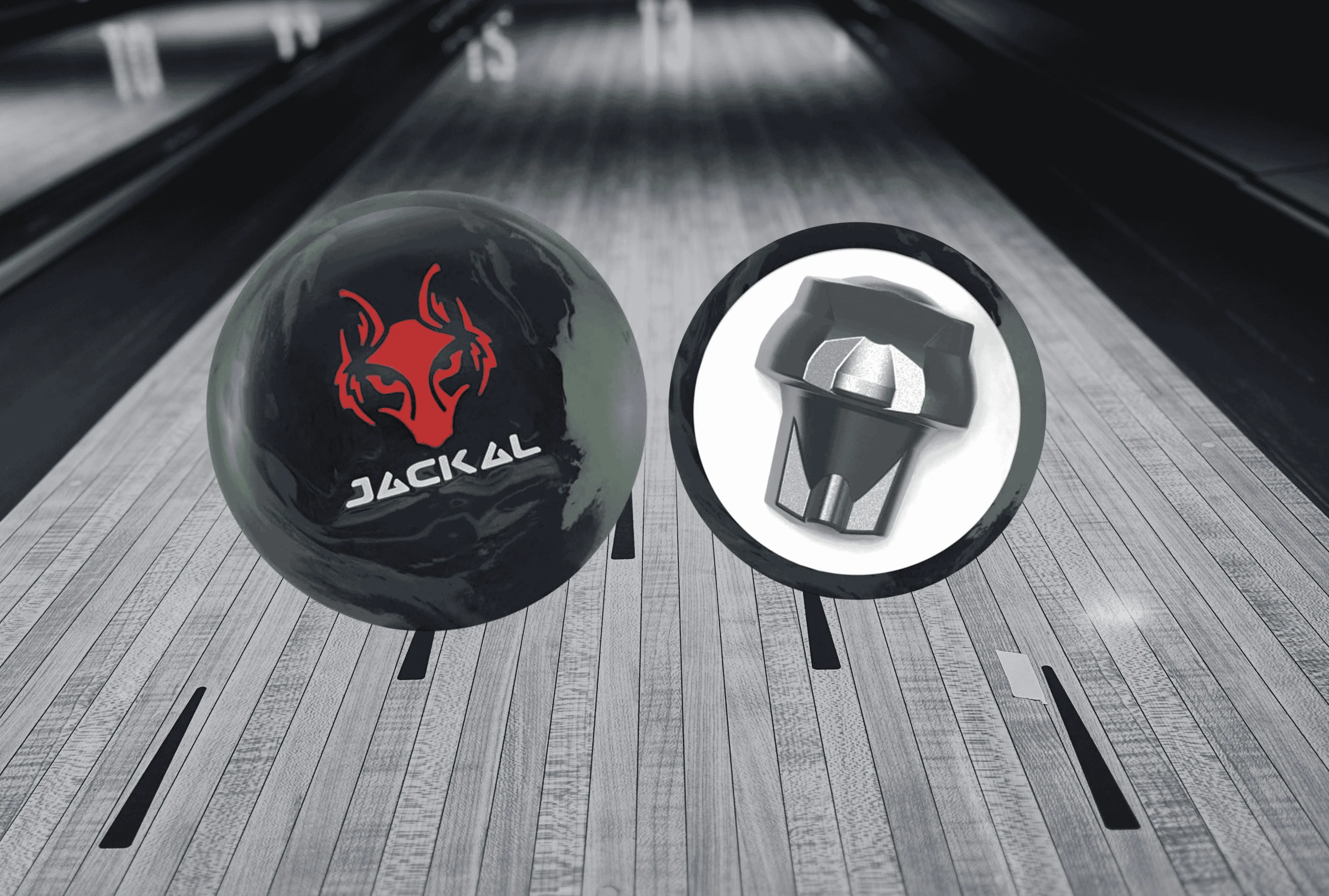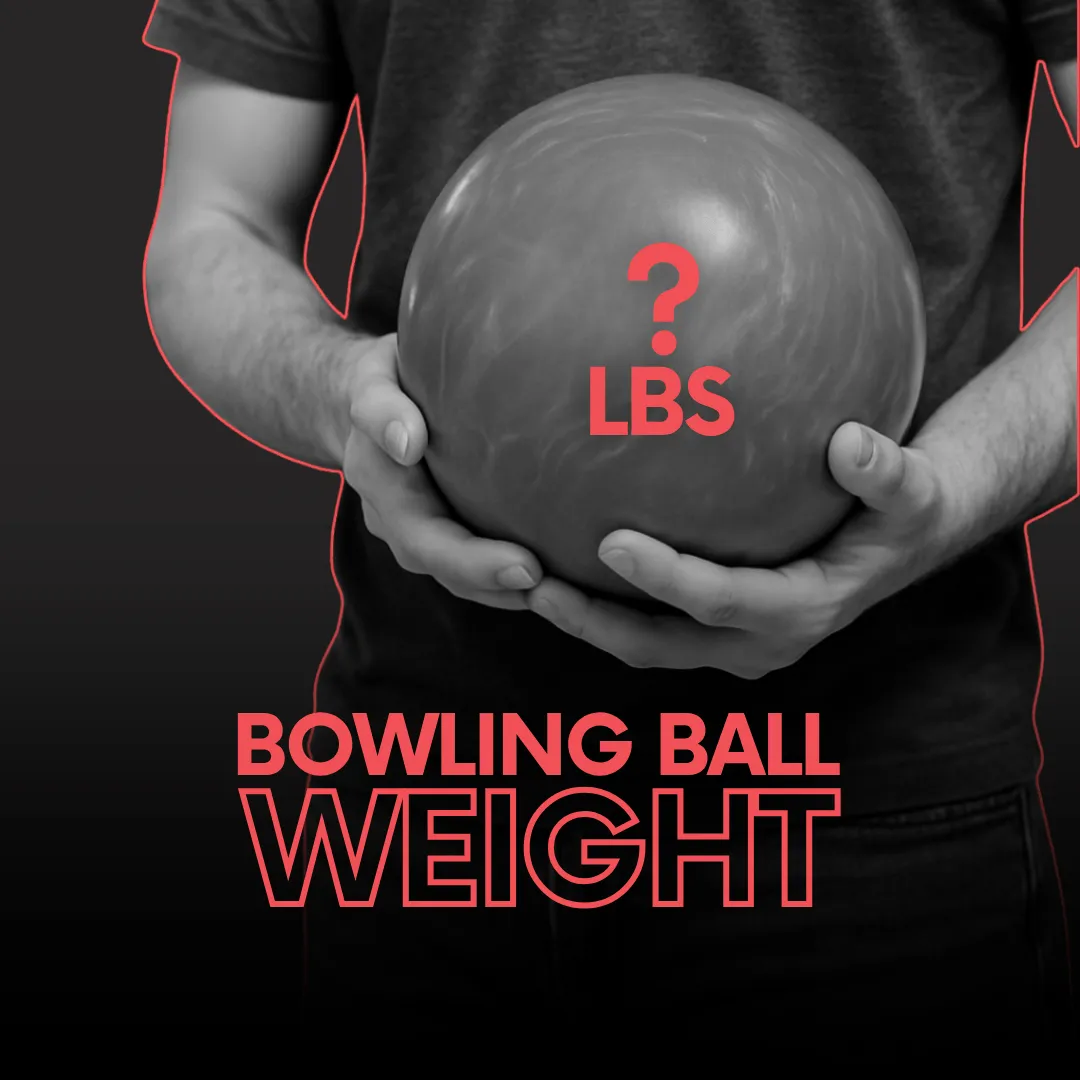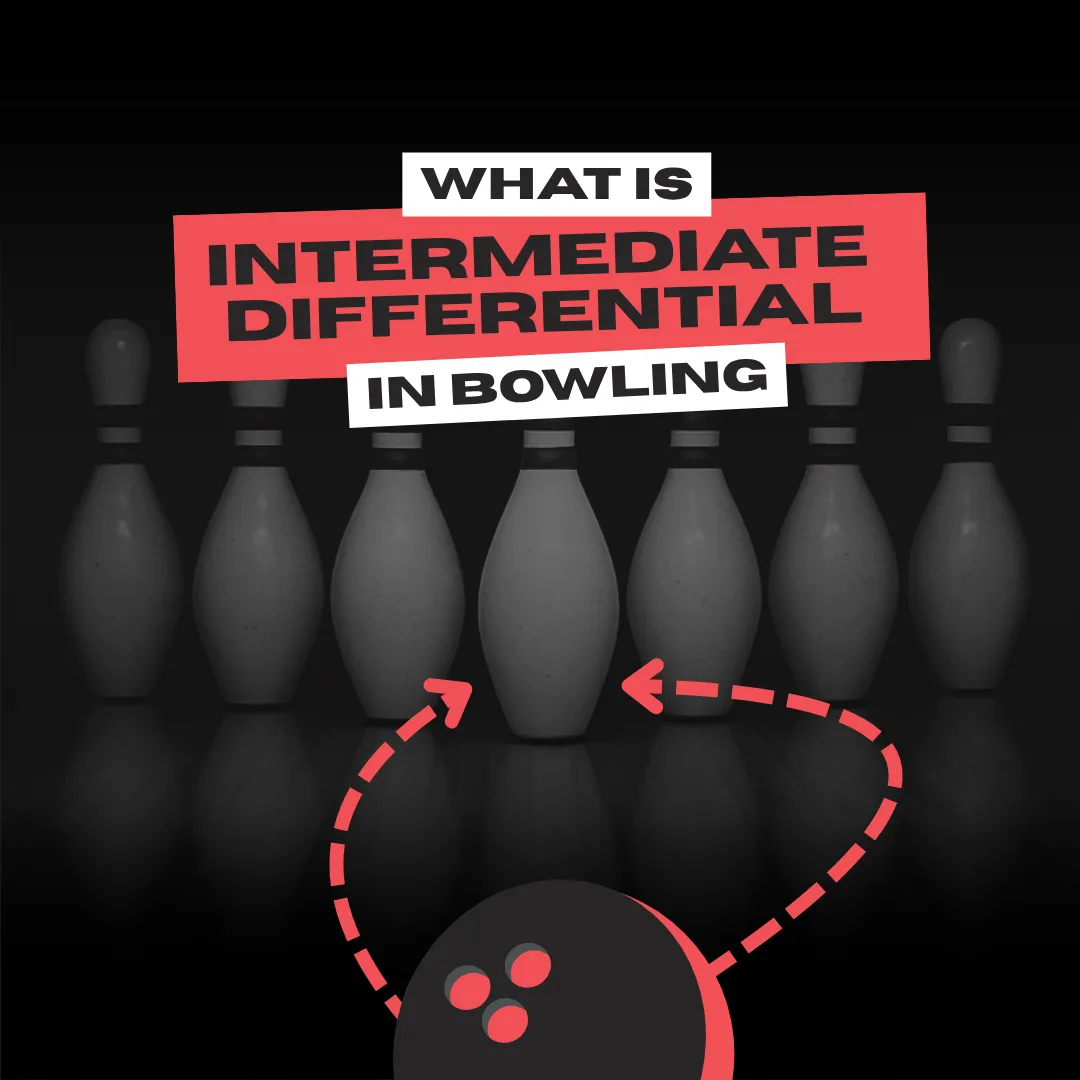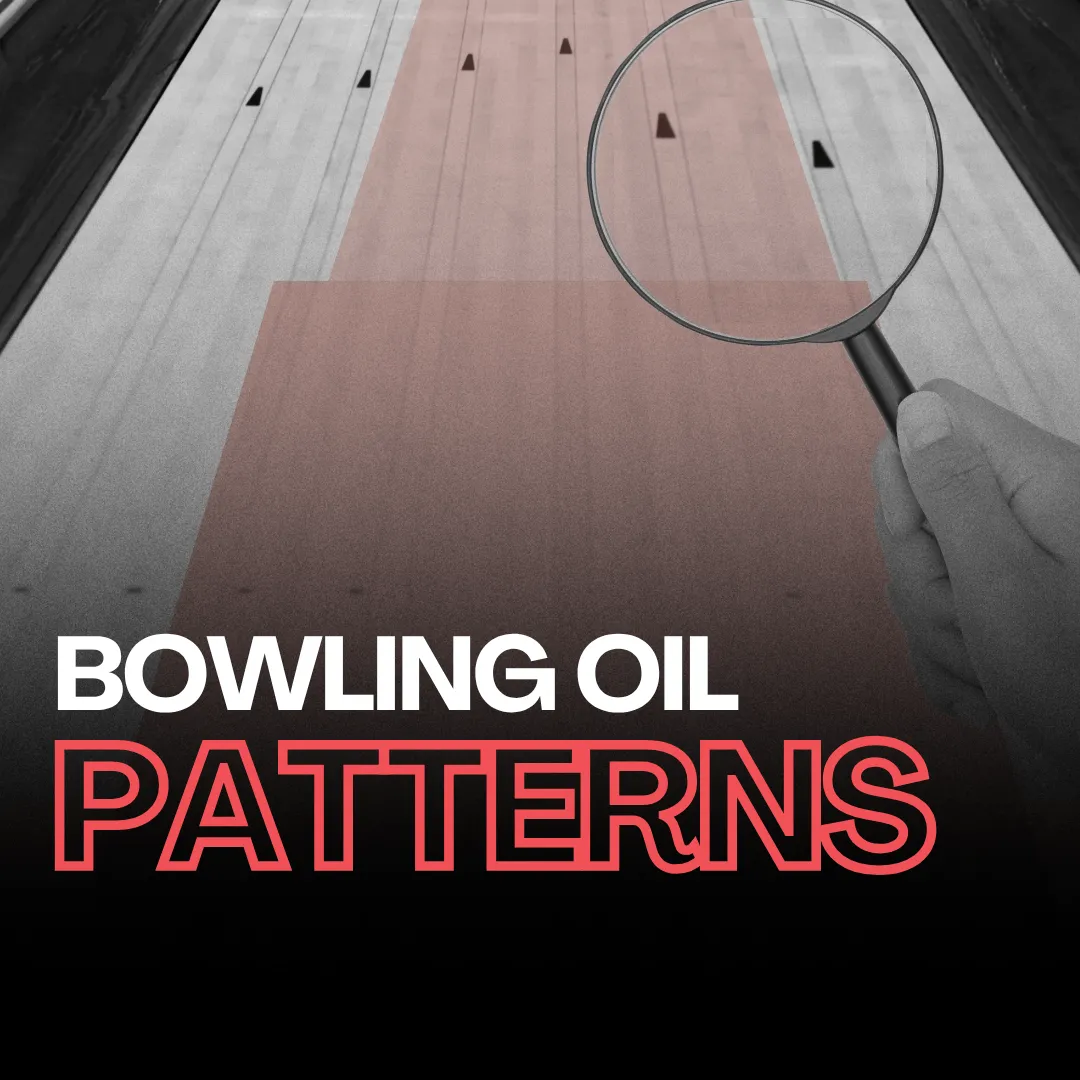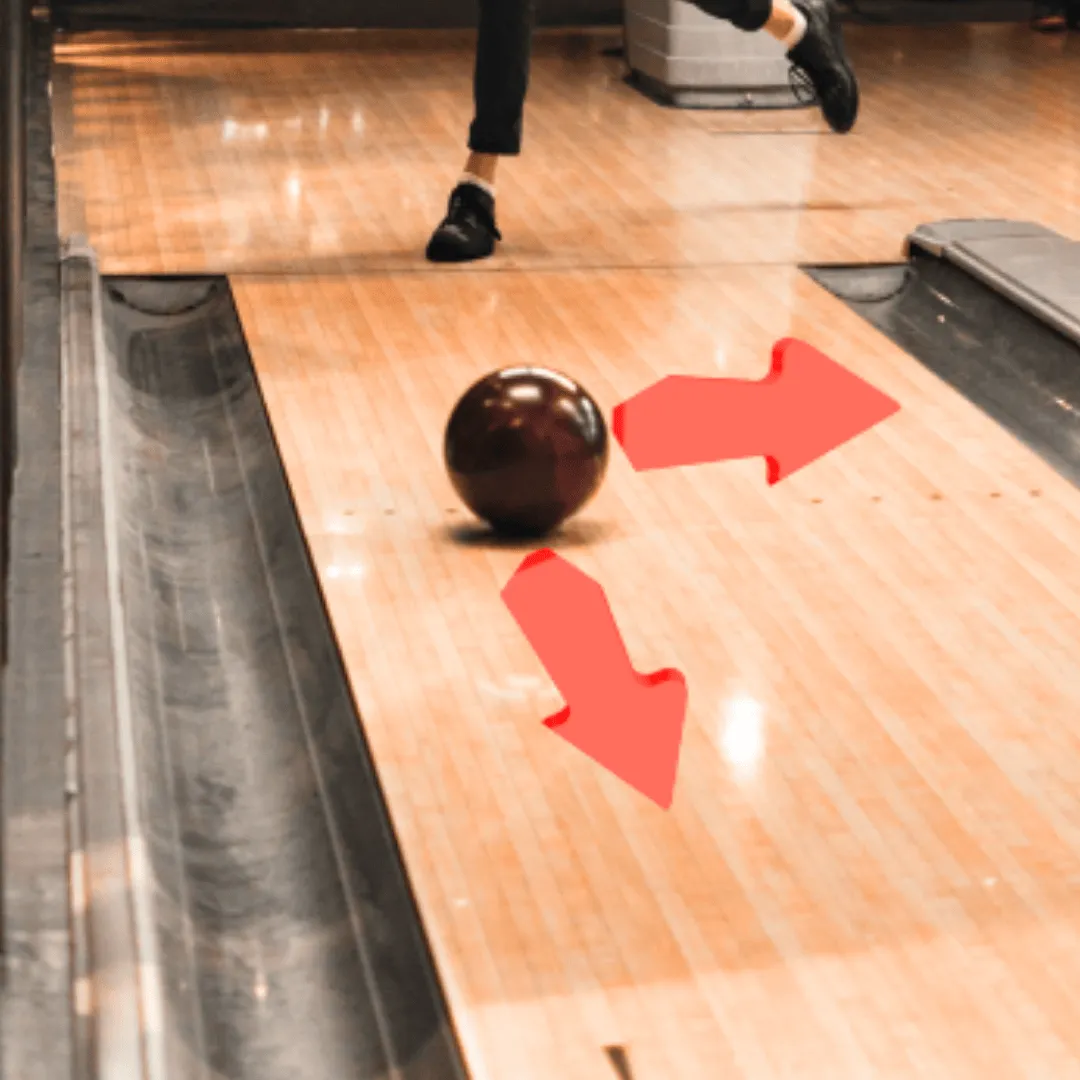Over the years, we’ve heard every guess imaginable about what bowling balls are made of—from marble and concrete to glass and even metal. Some guesses are pretty wild, but surprisingly, a few aren’t far off.
If you’ve ever wondered what bowling balls are made of, you’re in the right place. In this BowlingLife guide, we’re breaking down the materials, core construction, and manufacturing process of bowling balls—and why it all matters for performance on the lanes.

What are bowling balls made of?
Before diving into materials, it helps to understand the difference between house balls and performance balls. House balls, commonly found at bowling centers, are built for durability. Performance balls, on the other hand, prioritize lane reaction and ball motion—though they wear out faster as a result.
Bowling balls are primarily made of three types of coverstock (outer surface) materials:
- Plastic (polyester)
- Urethane
- Reactive resin
Each material offers different friction levels and reacts differently to oil patterns on the lane.
Plastic Bowling Balls
Plastic bowling balls are the most common and affordable option, especially in recreational centers. They feature a hard, low-porosity surface that creates minimal friction with the lane, resulting in very little hook.
These balls are:
- Durable and inexpensive
- Easy to control
- Ideal for beginners or spare shots
Their longevity makes them ideal for rental programs and high-volume use.
Urethane Bowling Balls
Back in the 1980s, while Michael Jackson was dominating the pop scene, bowling alleys had their own star - the urethane bowling ball.
The introduction of urethane surfaces was a game-changer in the world of bowling. These balls offered:
- superior grip on the lane
- more hook potential
- sharper angle of entry into the pins compared to their plastic counterparts.
Players saw a significant improvement in their performance as a result. What's more, thanks to their durable construction, urethane balls could withstand years of play without losing their effectiveness.
After briefly falling out of popularity, urethane has seen a resurgence. Nowadays, every manufacturer has their own line of urethane balls, each offering its own unique spin on this classic material. Players can't help but imagine adding this reliable companion to their arsenal.

Reactive Resin Bowling Balls
Reactive resin bowling balls offer the most advanced lane performance. Their chemically treated surfaces increase friction in dry areas, leading to stronger hook potential and dynamic pin action.
They come in three common types:
- Reactive Solid: Porous surface, earlier lane read, smoother arc
- Reactive Pearl: Added mica for delayed reaction, sharper backend motion
- Reactive Hybrid: A blend of solid and pearl traits, offering versatility
Reactive resin balls provide superior performance but tend to degrade faster, especially with frequent use.
What Is Inside a Bowling Ball?
Beyond the surface, the most critical component of a bowling ball is its core. The core is made from dense materials like barium, iron, or calcium oxides and is responsible for the ball's rotational dynamics.
The shape, density, and placement of the core determine how the ball revs, flares, and changes direction.
Types of Bowling Ball Core
Bowling balls typically feature one of two core types:
Symmetrical Core
- Evenly shaped and balanced
- Offers smooth, predictable motion
- Great for control and consistency
Asymmetrical Core
- Unbalanced shape with a defined mass bias
- Increases track flare and hook potential
- Preferred for creating sharper backend reactions
Asymmetrical cores create a third axis of inertia, enhancing the ball's dynamic movement.
How Bowling Balls are Made?
While techniques vary between manufacturers, most follow a general multi-step process:
- Core creation: A dense mixture is poured into a core mold and allowed to harden. A pin is inserted for orientation.
- Coverstock molding: The hardened core is placed into a second mold. Polyester, urethane, or reactive resin is poured to form the cover.
- Curing: The ball is baked to harden and fuse the materials.
- Finishing: The pin is removed, and the ball is shaped, sanded, or polished.
- Branding and packaging: Logos are applied, and the ball is boxed for distribution.
The result is a high-performance tool designed for specific lane conditions and player styles.
How Long Do Bowling Balls Last?
Lifespan depends on usage and material type. Plastic and urethane balls can last for years with proper care. Reactive resin balls, however, may lose effectiveness after six months of regular use due to oil absorption and surface wear.
Regular surface maintenance—like cleaning, resurfacing, and rotation in your arsenal—can extend a ball's life.

FAQ
1. What are bowling balls made of?
Bowling balls can be made from various materials, but the main types include plastic, urethane, and reactive resin. Each material offers unique benefits, allowing players to adapt to different lane conditions.
2. What's the difference between plastic, urethane, and reactive resin bowling balls?
Plastic balls are durable and cheap, making them common in bowling alleys. Urethane balls offer superior grip and hook potential, while reactive resin balls provide the most friction and angular reaction on the lane.
3. What is inside a bowling ball?
Inside a bowling ball, you'll find the core, typically made of dense materials like iron or calcium oxides. The core plays a crucial role in determining the ball's rotation and shape on the lane.
4. What types of cores do bowling balls have?
Bowling ball cores can be symmetrical or asymmetrical. Symmetrical cores are evenly balanced and can be divided into equal parts, while asymmetrical cores have an uneven weight distribution, affecting the ball's reaction on the lane.
5. How are bowling balls manufactured?
Bowling balls are manufactured using molds to shape the core and coverstock. A dense mix is poured into the core mold, left to harden, and then inserted into a coverstock mold where the exterior material is poured and baked. After finishing touches, such as sanding or polishing, the ball is packed and sent to distributors.
6. How long do bowling balls last?
The lifespan of a bowling ball depends on factors such as usage and maintenance. While older balls could last for years, modern balls may lose effectiveness after about six months of intensive use. Regular maintenance and rotation of bowling balls in your arsenal can help prolong their lifespan.
